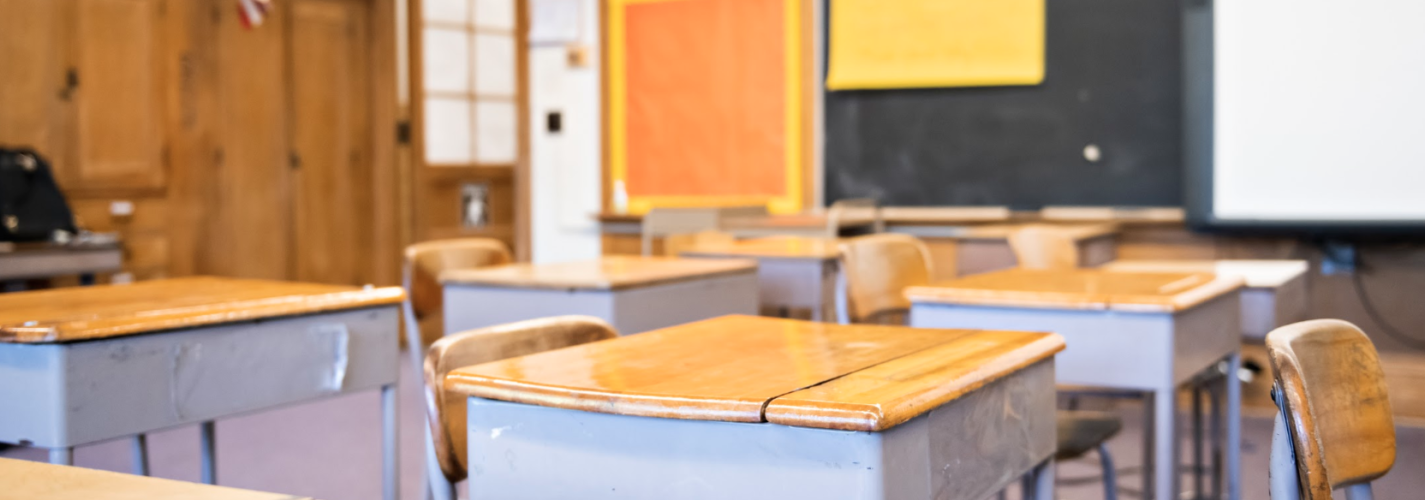Learning from National Innovators Part 2: Educating Students Under COVID-19
By Krista Kaput
Since Governor Walz closed schools in mid-March, students, families, and educators have worked to prepare and implement distance learning. And while the transition to distance learning may have been relatively smooth for some districts, this time has also revealed inequities in internet and device access and raised concerns about accommodations for students with special needs and English learners. Policymakers, educators, and advocates have also begun to think ahead about how the state can address student learning loss once schools reopen.
These concerns are not unique to Minnesota, with several states creating grants, administering surveys, and more to address the needs of their students. As the Minnesota House and Senate debate a comprehensive state education bill and state leaders grapple with how to spend $184 million in federal stimulus funds for K-12 schools, we can learn from and adopt policies and practices from other states to meet the immediate and emerging needs of our state’s students—particularly those most underserved. We blogged about some early innovations last month, and here we share new policy approaches from state legislatures and departments of education across the nation.
Federal Spending Waivers in 28 States
The CARES Act gives the U.S. Secretary of Education the ability to waive some regulations on how federal education funds can be used. This gives states more flexibility to spend money on needs related to COVID-19. As of April 8, twenty-eight states were approved for new funding flexibilities. Minnesota should apply for these waivers, using them to reallocate resources through an equity lens to ensure access to distance learning for students facing barriers due to technology, language, special needs, and more.
Tennessee: Statewide Survey on How to Use CARES Act Funds
Tennessee policymakers administered a statewide survey to gather input from families, educators, students, and communities on how the state should spend CARES Act stimulus funds. They asked about strategies to support immediate needs and interventions already underway, as well as needs to plan for future recovery efforts. The survey asked for specific feedback on the need for internet and/or device access for students, professional development for effective distance learning, mental health services, and more.
Illinois: Statewide Survey of Families and Students
The Illinois State Board of Education (ISBE) administered a “Student Health and E-Learning Survey,” which revealed that most districts in the state have barriers to providing effective e-learning. To better understand unmet needs, ISBE administered a follow-up technology needs survey that was open to all Illinois prek-12 public and private schools. Using the survey results, ISBE worked with the Governor’s office to provide additional support to ensure students have the technology to engage in distance learning fully.
Tennessee: Grants for Broadband Access
Tennessee leaders allocated $19.7 million for broadband accessibility grants to expand internet access to 31,000 people around the state, including 12,700 households and businesses. Thinking ahead, Governor Lee also included $25 million in his 2021 recommended budget to continue the grant program.
Texas: State Grant To Support Continuous Learning
The Texas Education Commissioner recently announced the Instructional Continuity Grant, which provides new funding for district and charter schools with at least one Title I school. Awards will range between $10,500 and $220,000, based on the number of Targeted Support and Improvement campuses within the district.
The purpose of the grant is to help schools minimize learning disruption as a result of closures. The grant may be used for a number of things, including costs associated with getting students curriculum or curricular resources for distance learning and professional development to improve how teachers deliver distance learning.
Vermont: Statewide Online Learning Platform And Task Force
The Vermont Agency of Education is creating a statewide continuity of learning platform and learning management system for any district that needs infrastructure support. This will be particularly helpful for any district that does not have a student-facing learning management system ready. Additionally, Vermont is establishing a task force of representatives from K-12, higher education, parents, students, and the business community to assist in the design and sharing of continuity of learning best practices.
Alaska: Statewide Virtual School
Alaska launched the Statewide Virtual School in partnership with the Florida Virtual School and with support from the Alaska Telecom Association to support its school districts and ensure ongoing opportunities for high-quality online coursework for K-12 students. Courses will cover the entire scope and sequence of content for a typical final quarter of the academic year and will be taught by licensed teachers who have training in how to deliver online instruction. Courses will also be available for students seeking additional opportunities to learn in summer 2020.
Washington: Social-Distancing for Students with Special Needs
Even though Washington has decided to close schools for the remainder of the academic year, Governor Inslee and education officials recently indicated that there might be exceptions for students with “very severe challenges,” such as students with special needs. According to Governor Inslee, “There are circumstances where they can be on-site.” While this is still developing, it is an important model to watch and a critical area for ongoing leadership and innovation.
New Jersey: Financial Support to Clean Schools
The New Jersey Assembly approved $20 million for the Department of Education to distribute to the state’s district, charter, and private schools to help cover the sanitization and cleaning costs— including personnel—associated with COVID-19. The funds will be distributed in proportion to the number of students enrolled in each school.
We Want to Hear From You!
To gather input and feedback, we have launched a community-wide survey to inform our advocacy work, and we are eager to hear from you. If you have thoughts on what your student, school, or community needs, or what Minnesota policymakers should be doing, we hope you’ll share it with us here.
Read other pieces in the Learning from National Innovators series:
- Part 1: Educating Students Under COVID-19
- Part 3: Educating Students During COVID-19
- Part 4: Measuring and Addressing Learning Loss

